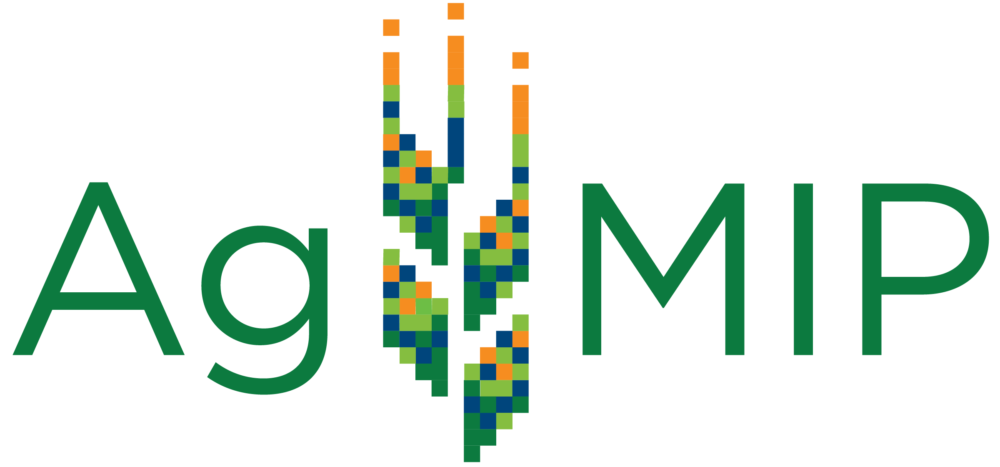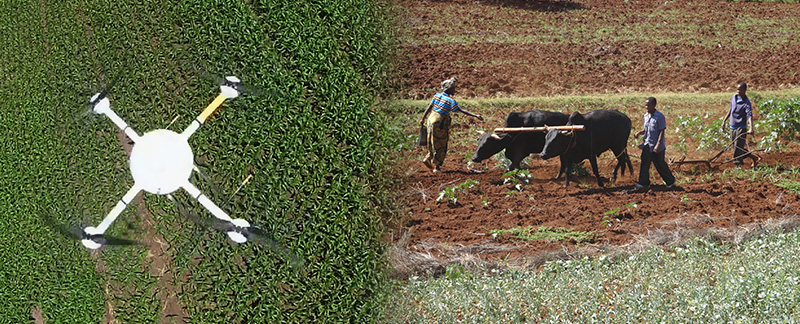
by Site Administrator | Apr 8, 2015 | April 2015, Crop Modeling, Economics Modeling, IT
By Shari Lifson Agricultural system models provide predictive and assessment capability to a wide range of decision-makers in the private and public sectors. However, despite extensive research to improve agricultural models, many of the models used today are the...
by Site Administrator | Mar 12, 2015 | March 2015
New 2-Part Agricultural Model Intercomparision and Improvement Project Handbook Released By: Shari Lifson Our food production system, already stressed to meet today’s demands, will face even more challenges in the future to provide for a growing population and adapt...
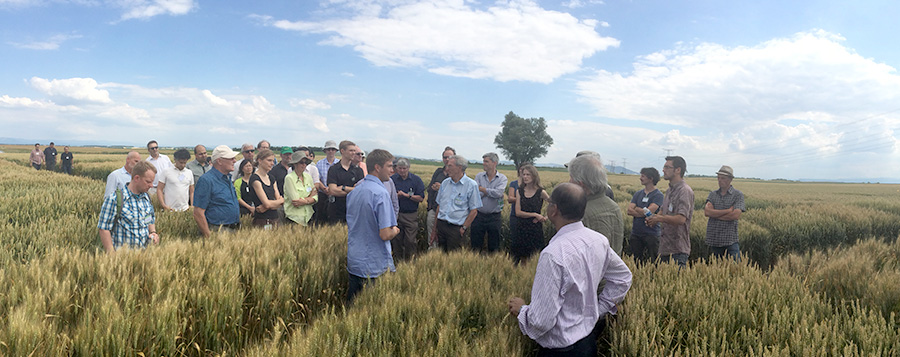
by Site Administrator | Feb 12, 2015 | Climate, Climate Modeling, Crop Modeling, February 2015, Food Security, Wheat
By Jenna Famular A recent paper in Nature of Climate Change, “Rising temperatures reduce global wheat production” Asseng et al., discusses the systematic testing of wheat crop models, utilized by the Agricultural Model Intercomparison and Improvement Project (AgMIP),...
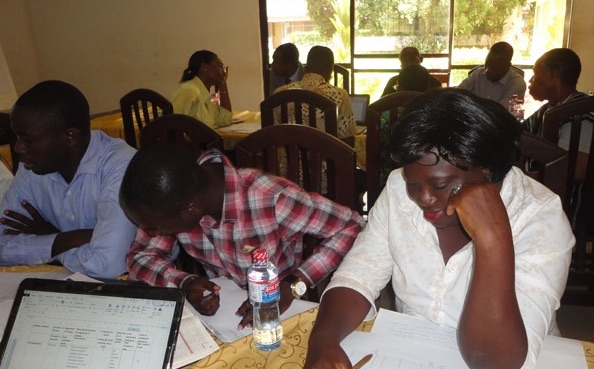
by Site Administrator | Feb 5, 2015 | February 2015
by Jonathan Anaglo and Greg Reppucci Small-scale farm systems have become increasingly susceptible to climate change impacts in the recent decades. The people in Navrongo, a town located in the Upper East region of Ghana, have especially experienced difficulties....
by Site Administrator | Feb 5, 2015 | Climate Modeling, Economics Modeling, February 2015, Food Security
By Niina Heikkinen, E&E reporter With a global population on track to exceed 9 billion by the middle of the century and climate change altering growing conditions across the planet, the need to figure out if agricultural production will keep pace is becoming more...
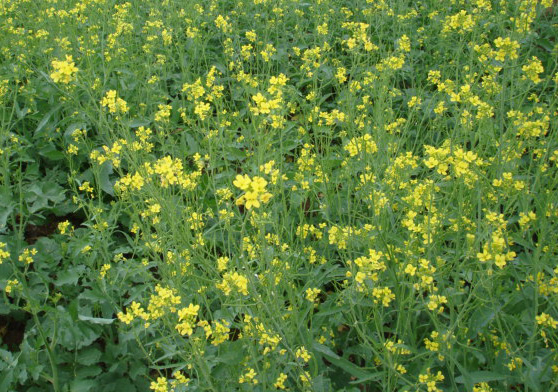
by Site Administrator | Jan 21, 2015 | Crop Model Training, January 2015
A new Canola Initiative has just been launched on the AgMIP website. Canola (rapeseed) has become a major crop for production of edible oil around the world, and plays an essential role for international food security. The objectives of the group are: Identify current...
by Site Administrator | Dec 17, 2014 | December 2014, Sub-Saharan Africa Integrated Assessments
This video is produced for the Biosphere Defense Project, hosted by the International Institute of Climate Action and Theory (IICAT) at the University of California. It features footage of interviews with researchers from the CLIP (Crop Livestock Intensification...
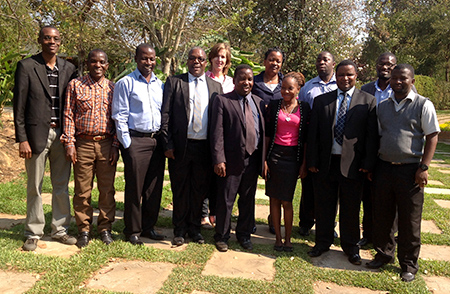
by Site Administrator | Nov 20, 2014 | November 2014, Sub-Saharan Africa Integrated Assessments
By Jenna Famular Two recent stakeholder meetings in Pretoria, and Malawi were held by AgMIP Southern Africa teams to engage local stakeholders and inform them about research being conducted in Southern Africa. Local stakeholders, such as decision- and policy-makers,...
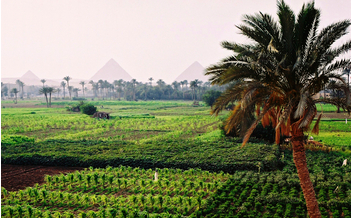
by Site Administrator | Nov 18, 2014 | Climate Modeling, Crop Modeling, IT, November 2014
By Jenna Famular AgMIP, in a recent collaboration with the Geospatial Building Blocks project (GABBs), is developing a geospatial mapping tool to project future climate change scenarios and impacts. The GABBs project will create a web-based system that shares...
by Site Administrator | Oct 8, 2014 | Climate, Climate Modeling, Crop Modeling, Economics Modeling, South Asia Integrated Assessments, Sub-Saharan Africa Integrated Assessments
By Jenna Famular The American Society of Agronomy (ASA), Crop Science Society of America (CCSA), and Soil Science Society of America (SSSA) will host more than 4,000 scientists, professionals, educators, and students at the 2014 International Annual Meetings,...







